Harvest round shape daikon radish (Daikon radish maturity time) and battle with aphids
Grow round shape daikon radish in pesticide free cultivation. (Growing daikon radish from seed.) The round shape daikon radish growing under the garden tunnel has been fertilized about 45 days ago. I think it’s about time to harvest, so I want to pull them out. (Round shape daikon radish maturity time.)
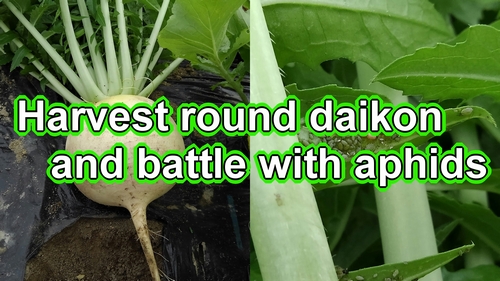
Round shape daikon radish is harvested as a whole plant. Hold the base of the leaves firmly to harvest it. Use a shovel to loosen the soil around the round shape daikon to make it easier to pull out.
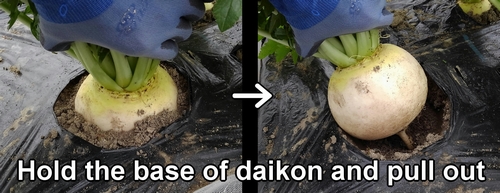
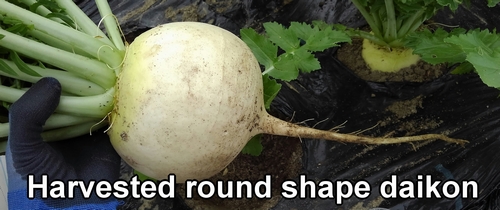
The harvested round shape daikon radish was about 12cm (4.7 inches) in diameter.
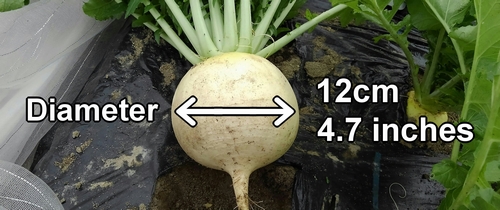
I plan to harvest the remaining daikon at a later time. In winter, daikon grows slowly, so you can leave it in the field for a while without harvesting. This helps keep the daikon fresh.
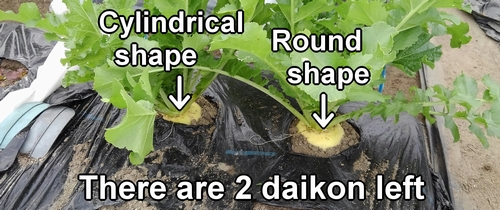
Growing round shape daikon radish and cylindrical shape daikon radish: 2020 Guide
Growing round shape daikon and cylindrical shape daikon radish from seeds. A record from soil preparation to harvest.
Soil preparation for daikon starts in mid-September. We grow 'autumn daikon’ from fall to winter, so we prepare the soil early to help it grow big while the weather is still warm.
Daikon seeds were planted 5 days after soil preparation. Daikon attracts many pests, so we use grow tunnel with an insect netting to protect it.
We thinned the daikon three times from late September to mid-October. To thin daikon, we used scissors to cut the base of the plants.
The fertilizing of daikon was on late October. It was our first time growing daikon in 2020, so we applied fertilizer.
We harvested cylindrical shape daikon radish at the end of November, before round shape daikon. It took about 2 months from seeding to harvest.
Persistent aphids on daikon, canola, and etc
After harvesting daikon, when I looked around the field, I noticed quite a few aphids. As for daikon, they’re already at the stage where they just need to be harvested, so I’m not too worried about aphid damage.
However, I’m concerned about aphid damage for crops like strawberries and spring cabbage because their harvest time is still ahead. (Aphids are also pests that can transmit diseases.)
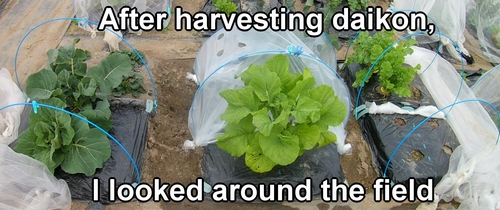
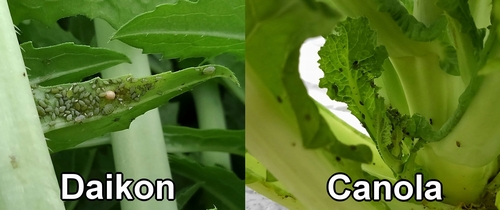
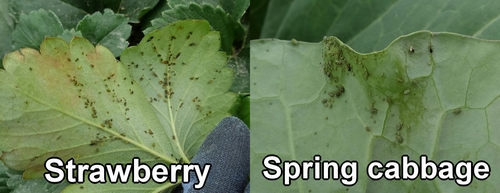
We have prepared 'oil soap water’ for aphid control in the field, but honestly, its effectiveness is somewhat underwhelming.
Oil soap water is a mixture of water, cooking oil, and unscented, uncolored dishwashing liquid. It should be used sparingly, about once a week, to avoid damaging the vegetables.
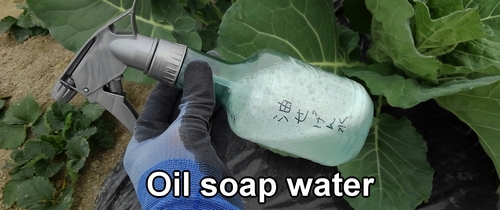
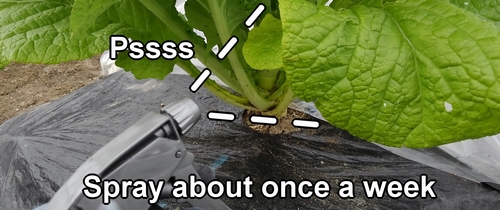
We also use duct tape to control aphids. (Stick tape on leaves to directly remove aphids.)
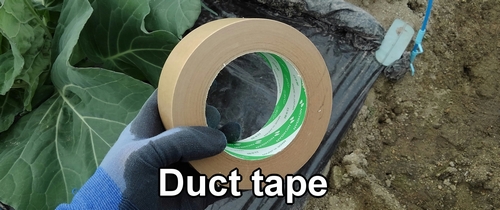
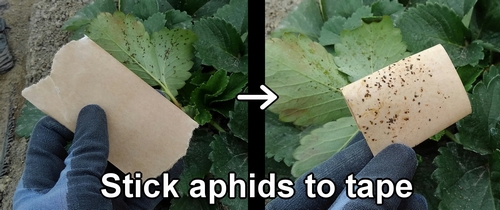
Here are all the aphids we could remove this time. Tape is good because it allows us to directly remove aphids, but it’s tough to continue for long periods due to the squatting position.
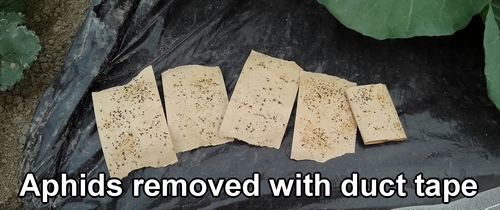
The aphids are not decreasing at all. This battle looks like it will continue for a while…
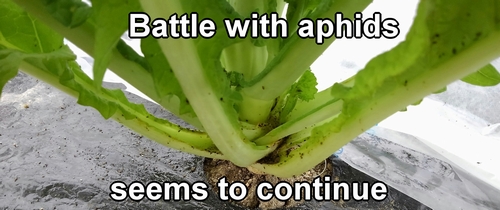
Related information on Shogoin daikon cultivation(Frequently Asked Questions for growing japanese daikon radish)
Why is the Shogoin daikon radish not growing big? (Reasons why the daikon radish root is not getting thick)
There are three main reasons why Shogoin daikon radish might not grow big. First, the sowing time was late. Second, the spacing between plants is too close. Third, the thinning was done too late.
Tips for growing Shogoin daikon radish big
Tip 1:Sow Shogoin daikon radish seeds at the right time
The best time to sow Shogoin daikon radish seeds is from early to mid-September. In the cooler weather of October, Shogoin daikon growth slows down, and the roots don’t get thick enough. Sowing too early is also not good. If it’s too hot, the seeds may not sprout, or the plants may not grow well.
Tip 2:Keep the right spacing between Shogoin daikon plants
The spacing between Shogoin daikon plants should be about 30cm (1 foot). If the spacing is narrower, the plants get in each other’s way and can’t grow big. Shogoin daikon will stay small if grown too close together, so make sure to keep the right spacing.
Tip 3:Thin out at the right time
This is also related to spacing, but if Shogoin daikon plants are crowded, they won’t grow big. If thinning is done too late, the Shogoin daikon plants interfere with each other and can’t grow fully.
The first thinning of Shogoin daikon is done when the cotyledons come out. The second thinning is when there are 3 to 4 true leaves, and the third thinning is when there are 5 to 6 true leaves. It is important to thin at the right times according to the growth stages of the Shogoin daikon. If you want to grow big Shogoin daikon, be careful about when to thin.
Following is the video for how-to. English subtitles are available.
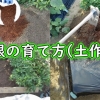
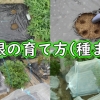

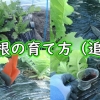

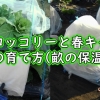
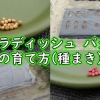
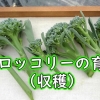

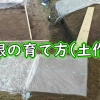




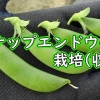

Discussion
New Comments
No comments yet. Be the first one!